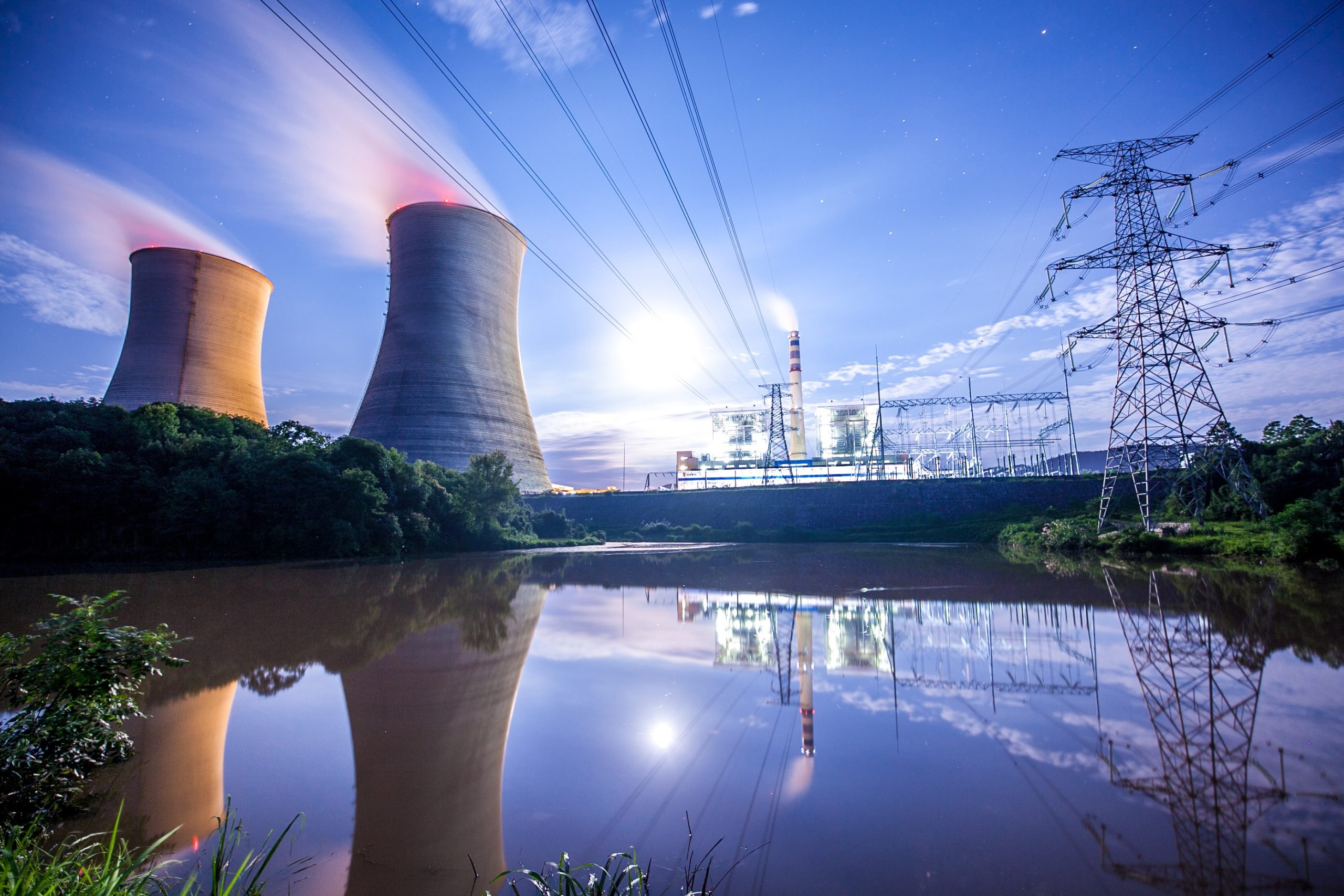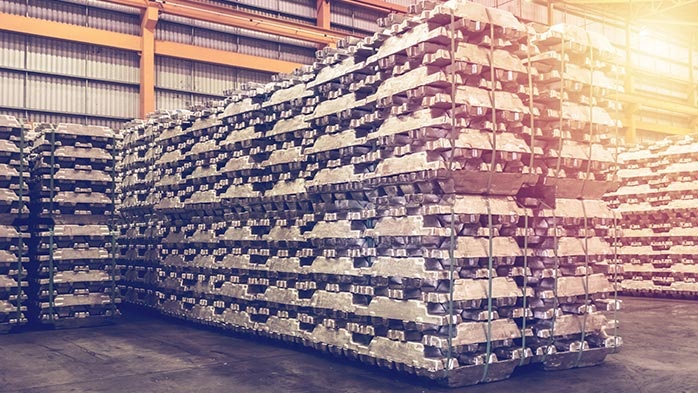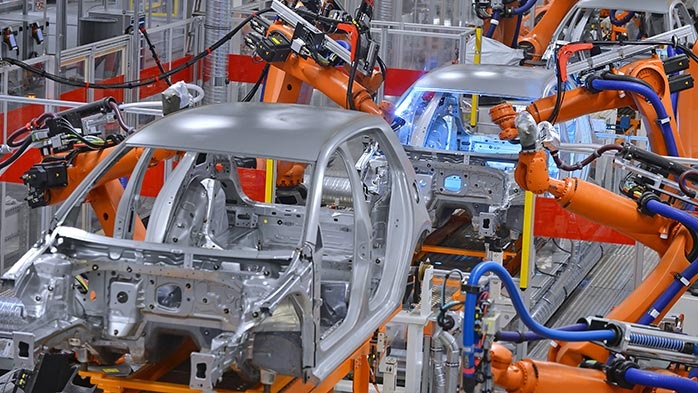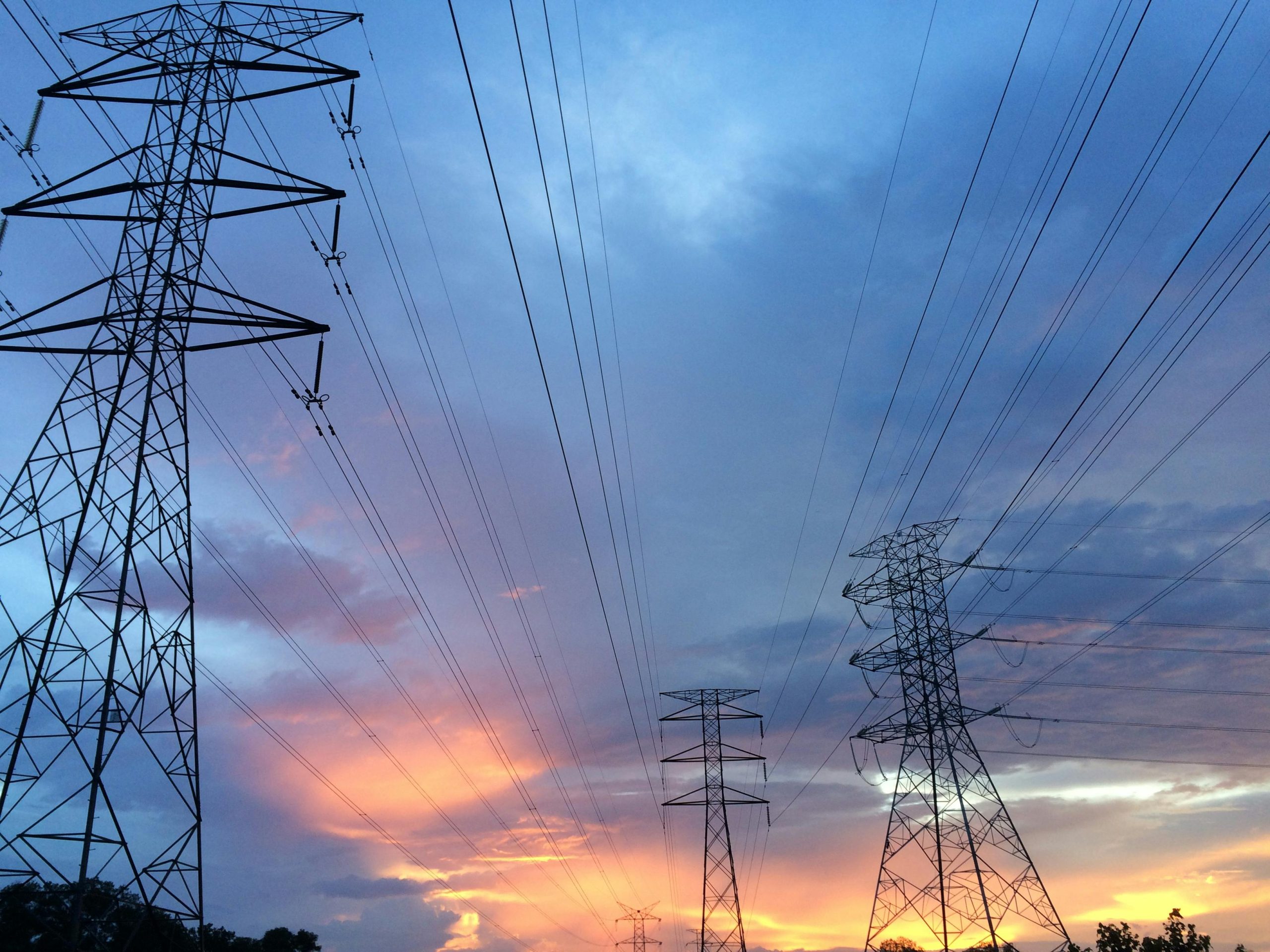Decarbonization
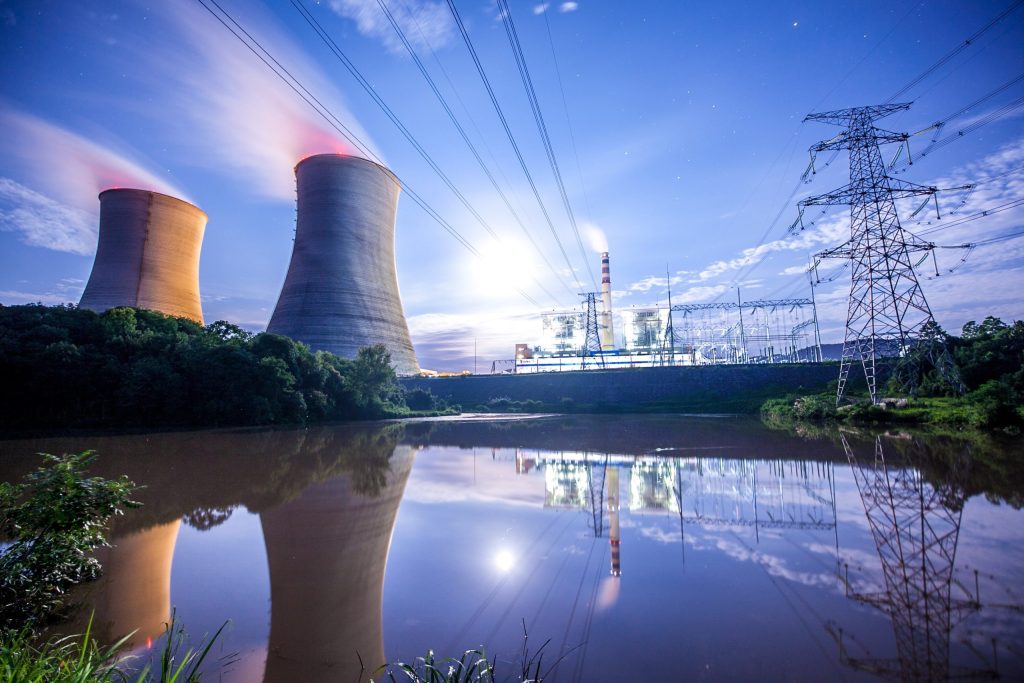
September 25, 2025
Cracking the code on affordable electricity for smelting
Written by Greg Wittbecker
By now, you are well versed on the storyline that says aluminum smelters in the U.S. can’t be restarted or constructed due to high electricity costs.
The demand side of the market has not changed. Nearly daily reports tout the investment in data centers and their attendant demand for power at nearly any price.
On the supply side, there is still grave concern that we are not building enough generating and transmission capacity to meet electricity growth over the next five years.
However, there is some discussion as to how to break the logjam on the interconnection queue.
The Interconnection Queue: A refresher
The Interconnection Queue represents the estimate of active generation projects awaiting connection to a regional grid.
At the end of 2024, the Federal Energy Regulatory Commission (FERC) estimated a total of 2,289 gigawatts of active generation was in the queue. Note: 2,289 gigawatts is the same as 2,289,000 megawatts (MW), which translates to about 15 billion kilowatt hours (KWH) of electricity. A 600,000 metric ton/year smelter (about the size of what EGA proposes to build in Oklahoma) will require about 9 billion KWH.
So, the current FERC backlog of generation waiting for connection has the capacity to that Oklahoma smelter enough power for 20 months. Another way to consider it, the backlog would support the annual power requirements of 1.7 smelters.
Wouldn’t it be great to get that supply into the market to give EGA and Century a fighting chance to buy power at a better price to justify their investments?
What’s the holdup?
Since FERC’s report of last year, the backlog has gotten bigger. The Lawrence Berkeley National Laboratory’s Queued Up Report says the backlog is up to 2,600 GW. The backlog has grown 30% since 2023.
Their report highlights:
- 95% renewable energy projects dominate the queue.
- 5-year average wait time from request to commercial operation.
- Only 10% success rate for projects is expected to come online in the next three years.
- $2 trillion estimated total investment value of queued projects.
This represents more than twice the total installed capacity of the existing U.S. power fleet.
The primary causes leading to delay accessing the grid are attributed to:
- Infrastructure constraint: The existing transmission grid cannot accommodate the surge in renewable energy projects without significant upgrades.
- Regulatory bottlenecks: Despite FERC Order 2023 reforms, which called for fast-tracking entrance to the grid, implementation remains inconsistent across different regions.
- Application quality issues: Grid operators report over 90% of interconnection applications contain errors.
- Resource limitations: Transmission system operators lack sufficient staff and analytical tools to process the unprecedented volume of requests.
Another factor is the commercial recalcitrance of the incumbent generators and transmission companies on the grid. These companies are highly regulated within each state, with rates and rates of return closely scrutinized. They have little incentive to admit new generation capacity to their markets. Introducing new generation to any market could lead to downward pressure on power prices and the incumbents are not going to favor that.
How to break the backlog
The root causes of the delays in getting new capacity are largely fiscal. New generators also need to get their act together and prepare their applications accurately. Time is money and inaccuracies only hurt them.
The fiscal gaps that are causing infrastructure constraints, shortages of resources to process and execute connections can be fixed by providing financial incentives to grid operators to move faster. This can be done by embracing a market-based approach to the connection process.
Specifically, applicants need to offer connection incentive fees to the incumbent operators to induce them to let the new capacity onto the grid. These fees should be driven by what the value of electricity is in the respective regions. The higher the market value, the greater the incentive fee is offered to the grid operator.
These fees would provide new revenue streams for the operators to upgrade the infrastructure and also staff up to meet the flow of applications. The fees would also lessen the potential fears of the incumbents that the new generation supply would disrupt power pricing. Fees would go up or down depending upon market conditions and provide a self-regulating mechanism to control new supply. If power prices are strong, the new capacity will need to offer higher fees to access the grid. If prices are weak, the new capacity will offer less. In either case, the level of the fees will need to be built into the new capacity business cases to justify the investment.
Why this matters
Whether you are a smelter or a downstream aluminum fabricator, it’s in your best interest to see electricity supply increase. The cure for high prices is high prices and that means incentivizing new supply to come to the market when prices are strong. That also means this new supply can actively participate in the market without the constraint of a queue that is not efficiently providing access.
This concept of market-based access fees is being debated in the power industry, and we hope that forward-thinking power executives embrace it quickly.



